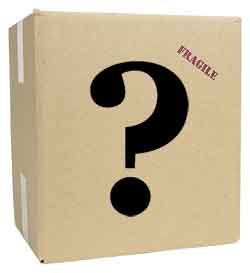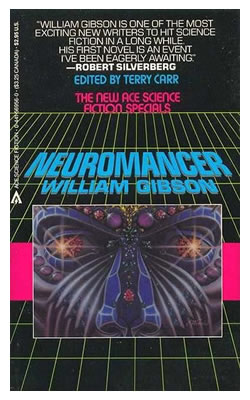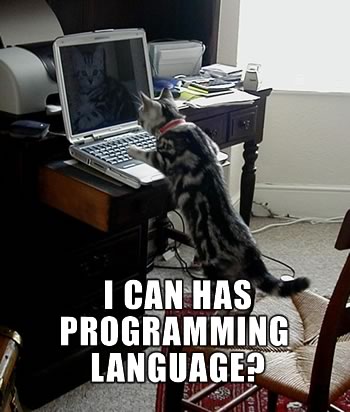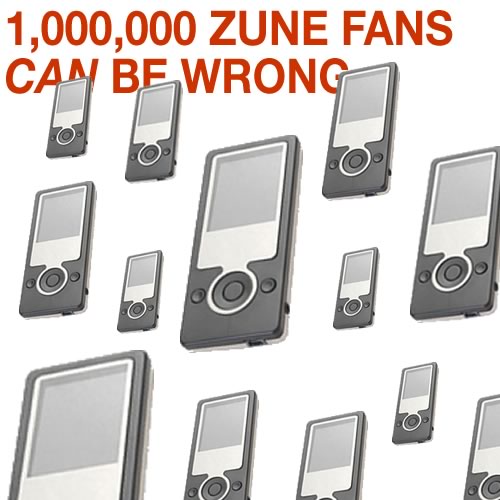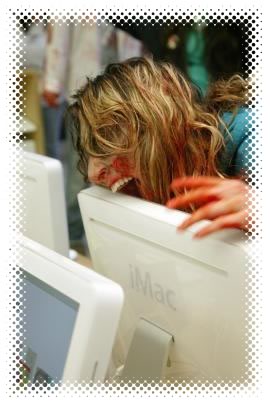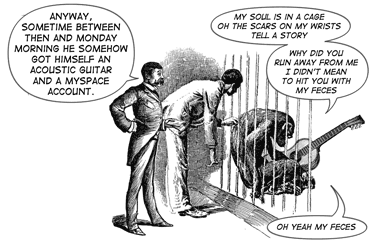 Microsoft’s Midnight Surprise? It’s Microsoft Surface, a large-area screen-and-multi-touch-surface computer. Here are some places to get started:
Microsoft’s Midnight Surprise? It’s Microsoft Surface, a large-area screen-and-multi-touch-surface computer. Here are some places to get started:
- Channel 10: First Look: Microsoft Surfacing Computing!
- c|net: Microsoft hopes ‘Milan’ table PC has magic touch
- How the ‘Milan’ table PC was born
- TechCrunch: Microsoft Announces Surface Computer
It’s pretty nifty technology, the sort of which we’d been waiting for since Bruce Tognazzini showed the world (okay, maybe not the world, but a couple of really interested people at Sun and whoever bought Tog on Software Design) his “Starfire Project” concept back in 1992, in which he showed a theoretical multi-touch surface computer hooked to a global network in the far-off year of 2004.
That’s all I’m writing for now; this Global Nerd’s gotta go beddy-bye.
